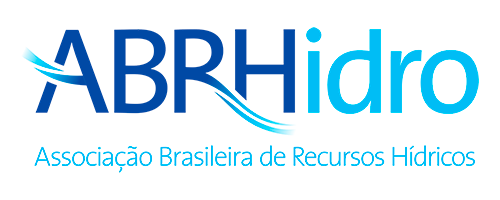9th International Symposium on Integrated Water Resources Management (IWRM) | 14th International Workshop on Statistical Hydrology (STAHY) | I EBHE - Encontro Brasileiro de Hidrologia Estatística
Data: 04/11/2024 à 07/11/2024
Local: Florianópolis-SC
Mais informações: https://www.abrhidro.org.br/iebhe
Mapping Multi-hazard flood risks associated with monsoon and post-monsoon periods over sensitive coastal regions: An appraisal through flood-cum-vulnerability modeling and bivariate analysis
Código
I-EBHE0058
Autores
DEV ANAND THAKUR, Mohit Prakash Mohanty
Tema
WG 1.08: Deep Explanation & Evaluation for Practices in Hydrological Changes (DEEPHY)
Resumo
Comprehending flood risk in global coastal catchments is a daunting challenge for the scientific community. These catchments are impacted by the convergence of several flood-inducing factors, such as rainfall, riverine flow, and storm tides. The antagonistic nature of these drivers, with their distinct origins and divergent paths, results in intricate and multifaceted interactions, rendering risk assessment and management exceptionally challenging. Furthermore, these catchments endure flood events not only from monsoon rains but also from post-monsoon rains driven by cyclonic depressions. In line with this, the present study, for the first time in flood management literature, develops a comprehensive framework to quantify flood risks over a typical coastal multi-hazard catchment in the lower Mahanadi Basin (Jagatsinghpur, India) during both monsoon and post-monsoon seasons. In the present study, the assessment of flood risk takes into account its critical dimensions, such as hazard and vulnerability, as specified in the Sixth Assessment Report of the IPCC. The entire data time series is disentangled into monsoon (June, July, August, and September) and post-monsoon (October, November, and December) periods, and the design rainfall for each period is computed using a set of probability distributions. Design rainfall, along with other ancillary datasets, is employed in a 1D-2D coupled MIKE+ hydrodynamic model to simulate flood hazard information for both monsoon and post-monsoon periods. To evaluate flood vulnerability, a comprehensive set of 24 indicators from physical and socio-economic categories are considered within the Shannon Entropy-cum-TOPSIS framework. The marginal and compound contributions of hazard (monsoon and post-monsoon) and vulnerability type are depicted through a novel concept of a bivariate flood risk classifier at the village scale. The present study introduces a first-of-its-kind Multi-Hazard Risk Index (MHRI), ranging from 0 to 1, which comprehensively accounts for high and very-high hazard and vulnerability levels during both monsoon and post-monsoon periods. The findings show that over 35% of villages experience high to very-high hazard levels during monsoon and post-monsoon periods, whereas more than 65% of villages display high to very-high vulnerability. Most coastal villages reported MHRI values above 0.7, denoting high to very high levels of hazard and vulnerability during both the monsoon and post-monsoon periods. This elevated index value underscores the profound risks these villages face, highlighting the crucial need for optimal flood management measures in both periods. Our study underscores the critical importance of disentangling rainfall time series to identify often-overlooked flood risks. This approach is essential for designing effective flood mitigation structures, developing evacuation plans, optimizing land use planning, and improving flood governance.

